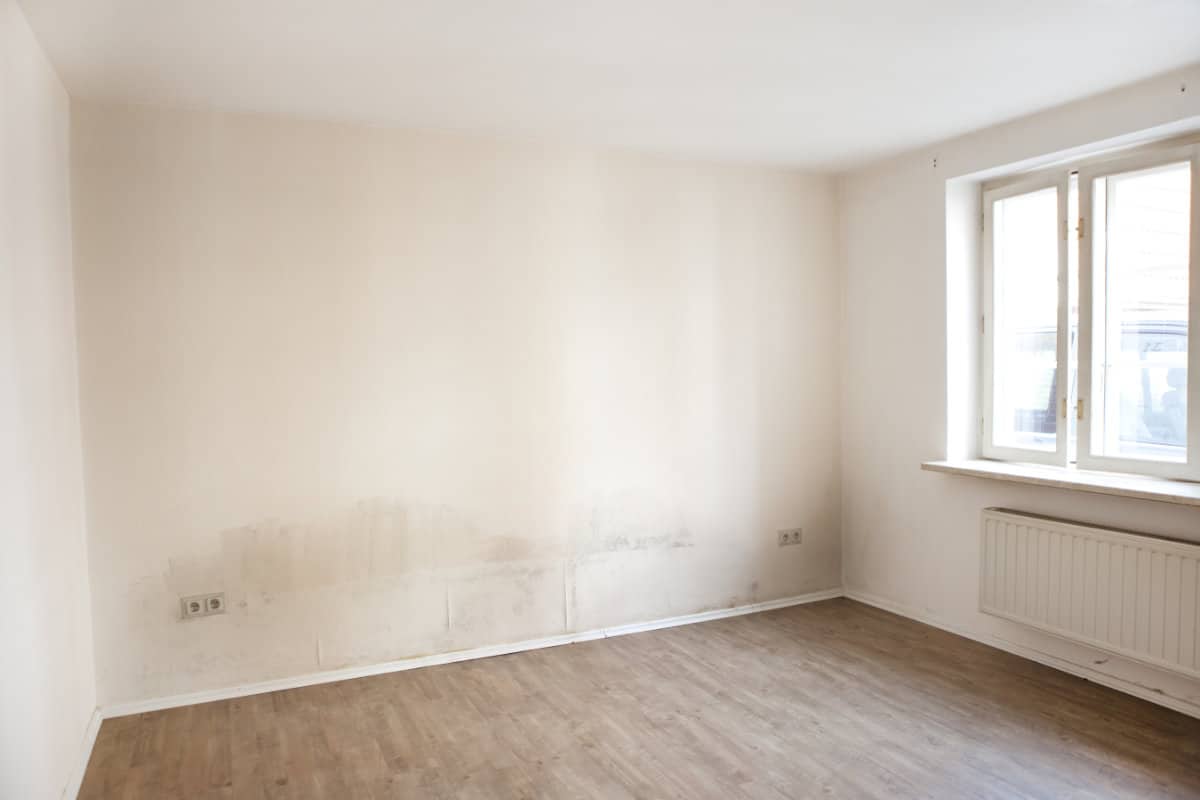Damp on internal walls: causes and solutions
Is your home suffering from damp or mold on its internal walls, we’d recommend an acute approach. Damp on internal walls can cause lots of damage and can have a harmful influence on your health. The possible causes of damp internal walls and how to treat them can be found in this article.
Possible causes of damp on internal walls
Ground water
When you have particular trouble with damp inner walls around the ground level, you’re undoubtedly dealing with ground water, also known as rising damp. This is usually caused by an outdated foundation that doesn’t have a damp-proof course and thus absorbs the groundwater.
Damp problems after insulating the hollow wall
It could happen that, after insulating the hollow wall, damp spots suddenly appear on the walls. This is because the domestic damp can no longer vent through the walls and just builds up in the house. In this case it’s important to take on the root of the problem as soon as possible to prevent mold and peeling plaster.
Water infiltration through the outer walls (penetrating damp)
When your walls are wet at different heights and not only at ground level, you are probably dealing with penetrating damp. Here, the cause often lies in the outdated brickwork or damaged joints.
Condensation
Condensation consists of damp created by our surroundings.Think about water that evaporates in the kitchen or bathroom, or bodily fluids.When your house is insufficiently ventilated this damp will accumulate and fall on the inner walls.You can easily prevent this by placing a ventilator in the bathroom.

Rendering damp inner walls
Before you put the finishing touches on your walls again it’s important that these are completely dry and that the damp problems are dealt with once and for all. Remove all coating and wait at least 2 months before replastering, that way your walls can completely dry and damp walls will be a problem of the past.
If you plaster your walls while they’re still damp, the coating won’t stick and it will easily fall off the inner wall over time.
Don’t forget to check what time of year it is. Damp problems can occur more often in some seasons than in others. Did you treat your inner walls in the summer? Then you should definitely wait until November or October before you coat them again.
